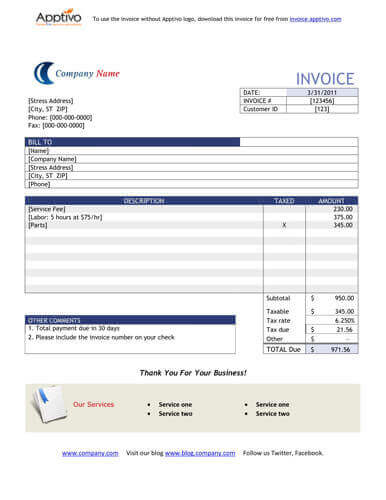

Distinct project numbers for pre-defined deliverables.That’s why you want to make sure you’ve included all the information a client needs. Make it clear on the invoice what your customer is paying forĬlients are more likely to pay on time when the invoice makes what they’re paying for crystal clear. If your client hasn’t paid you on time, asking, “Would you prefer to pay another way?” may be all it takes to get paid on-time in the future.Ģ. If they pay for everything by credit card, and you’re asking for a check, they may not ever find the time to locate their checkbook, get a stamp, and put the check in the mail. It’s an extremely common situation: a client becomes accustomed to paying for almost everything one way, only to become inconvenienced when that payment method isn’t available. How they like to pay: Offering your customers more payment options, such as credit card, eCheck, or direct ACH bank transfer, ensures that there’s no holdup for an easily avoidable reason.Make sure you know the procedure to expedite smoother, faster payment.

Who should get the invoice: Sometimes it’s the client themselves, sometimes it’s the accounting department, or both.There’s always next time.īut it can be easier to get payment if you’ve determined these two specific logistics of what your client wants and needs in an invoice: If it’s too late for that, don’t beat yourself up. Agree to a preferred invoice payment method up-frontįor faster payments, hold the invoice conversation right at the start, before you do the work.


 0 kommentar(er)
0 kommentar(er)
